How to install Coir Logs
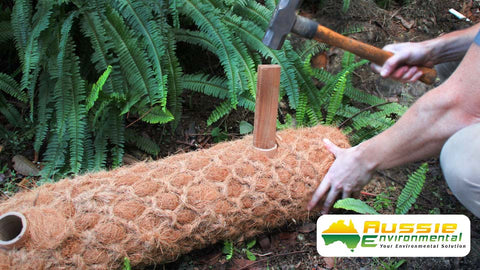
Product successfully added to cart!
View Cart
Australia-wide shipping

Direct-to-consumer pricing

Environmental expert at your service

Australia-wide shipping

Direct-to-consumer pricing

Environmental expert at your service
Our Coir Logs have a 2-3 year lifespan which allows for full plant and soil establishment, natural plant invasion and land stabilisation.
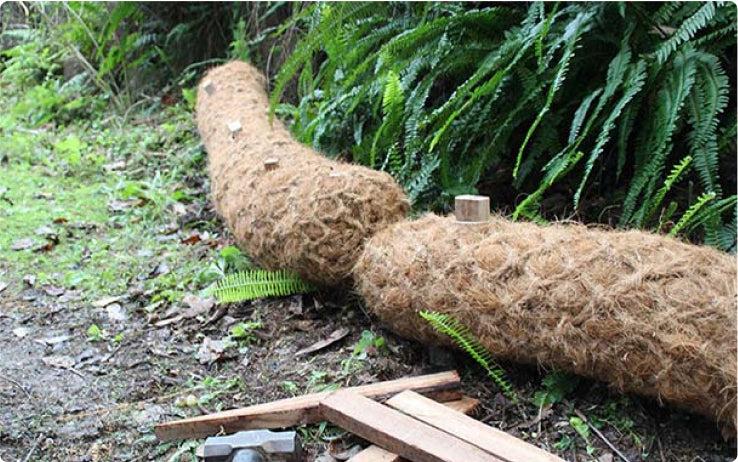
We provide dust management and soil stabilisation using a cost effective spray on polymer which creates a durable coating over ground cover.
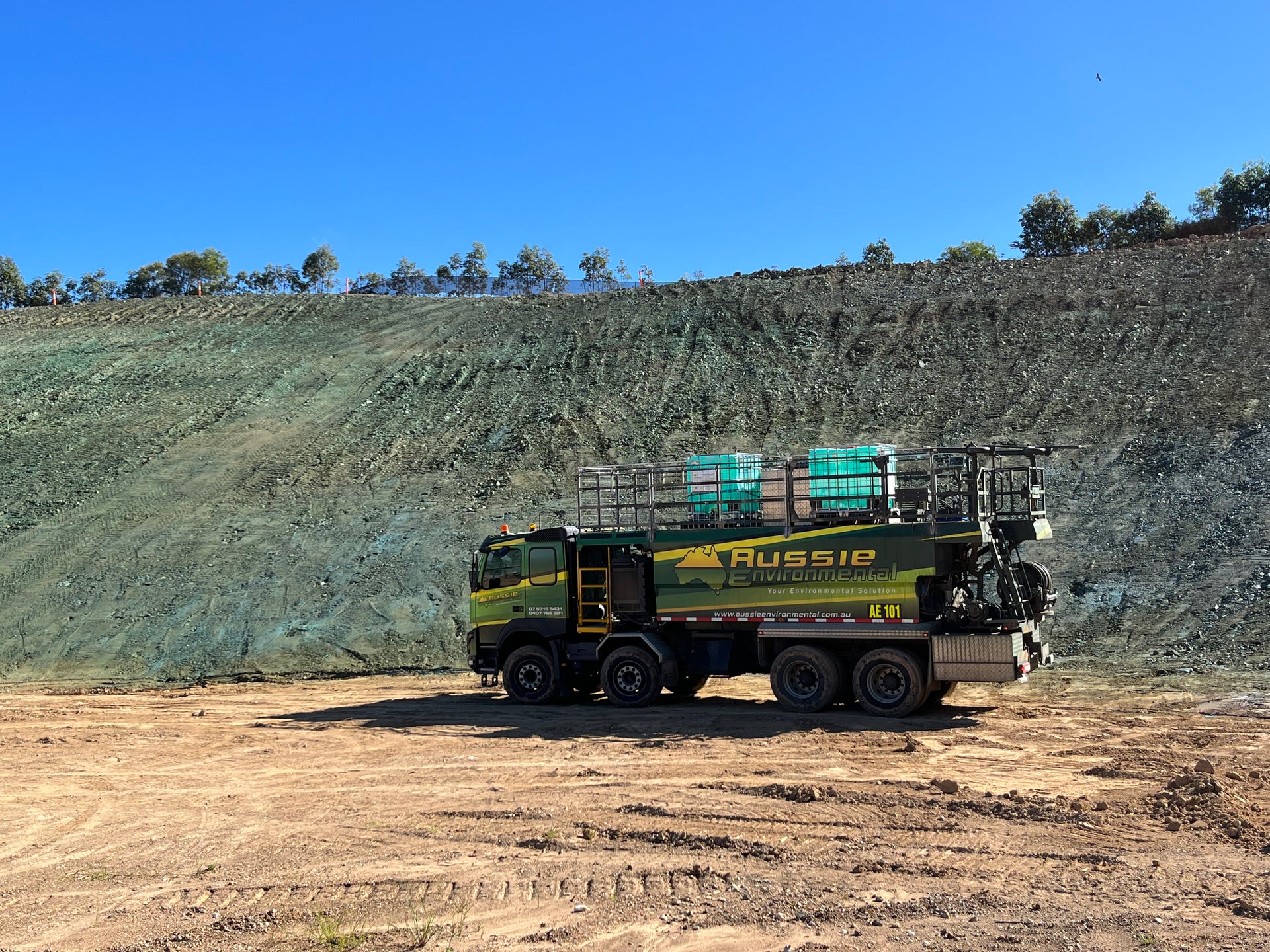
We can provide expert advice on the types of temporary and permanent erosion control solutions, including installation, environmental compliance and re-vegetation.
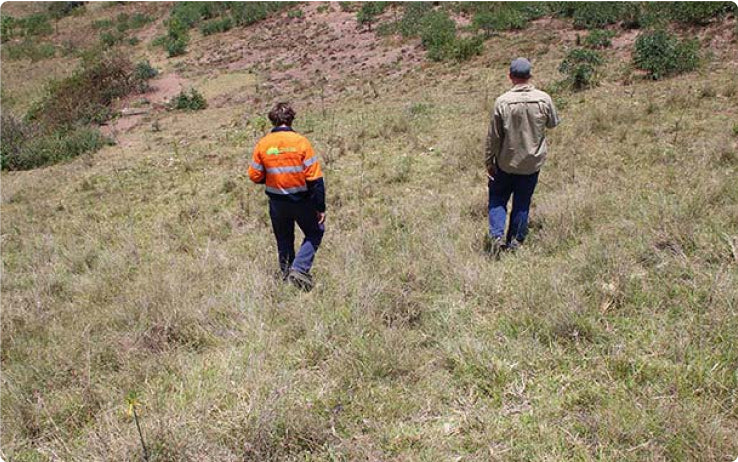
We can supply and install the following types of erosion control blankets; Jute Mesh, Jute Mat, Coir Blankets, Coir Mesh and Geofabric.
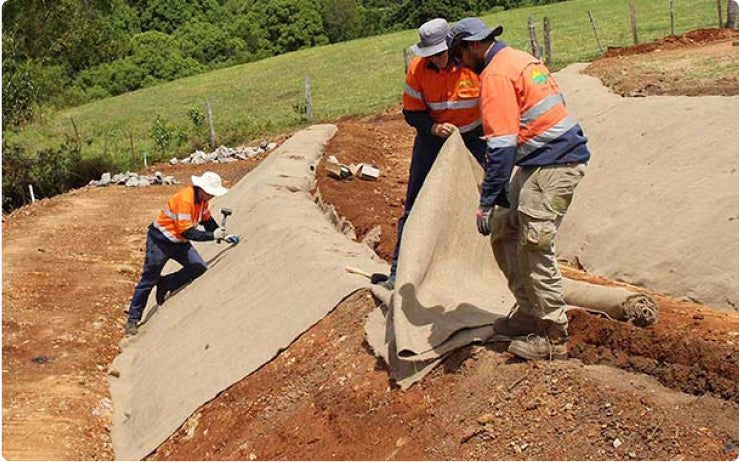
Protect Your Land Fast And Efficiently With SE Queensland’s Leading Hydromulching & Hydroseeding Experts.
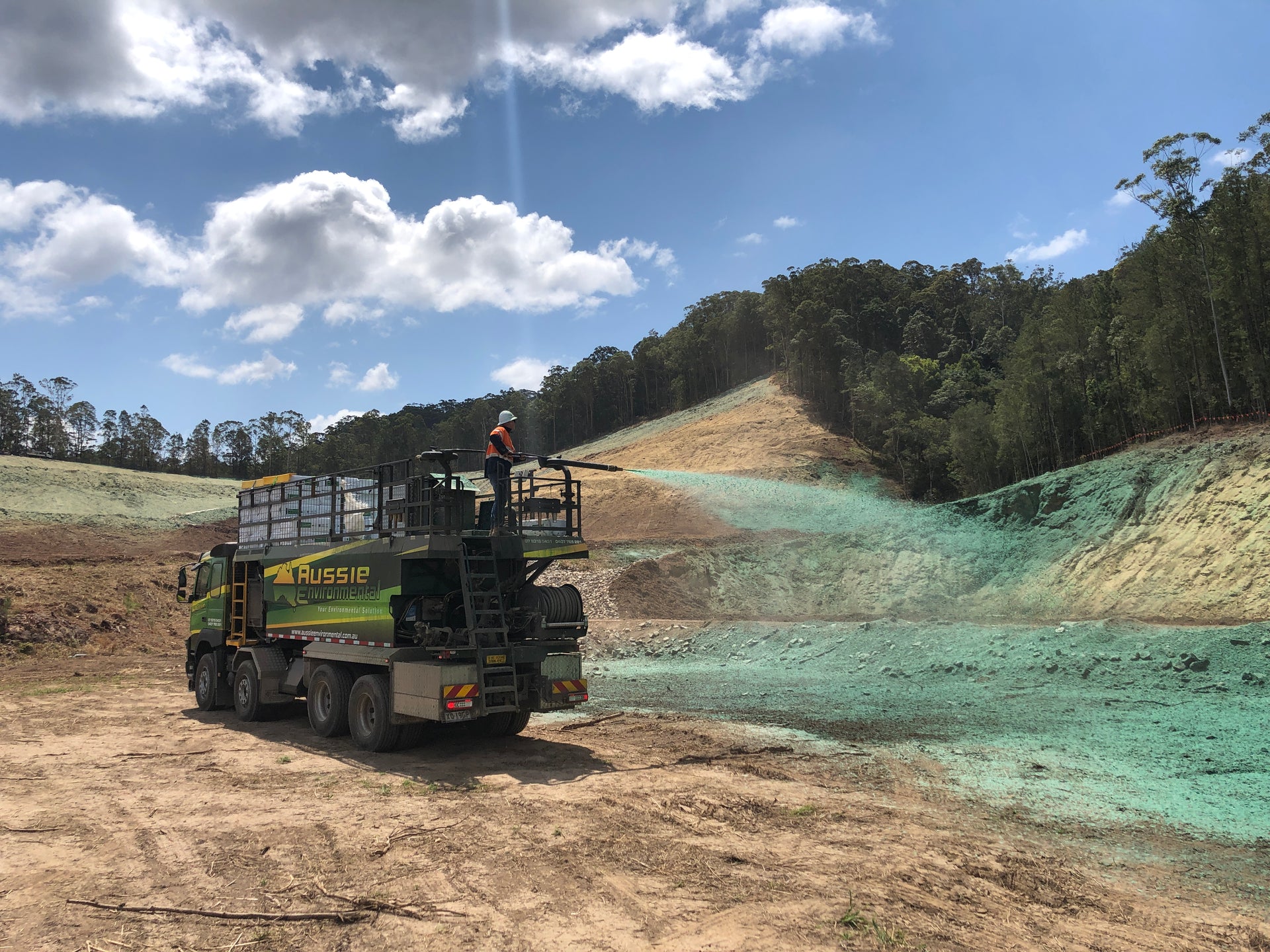
We can supply and install a range of Marine and Waterways Protection products including Silt Curtain (Turbidity Curtain), Aquatic Weed Boom, Fence Booms and Containment Booms.
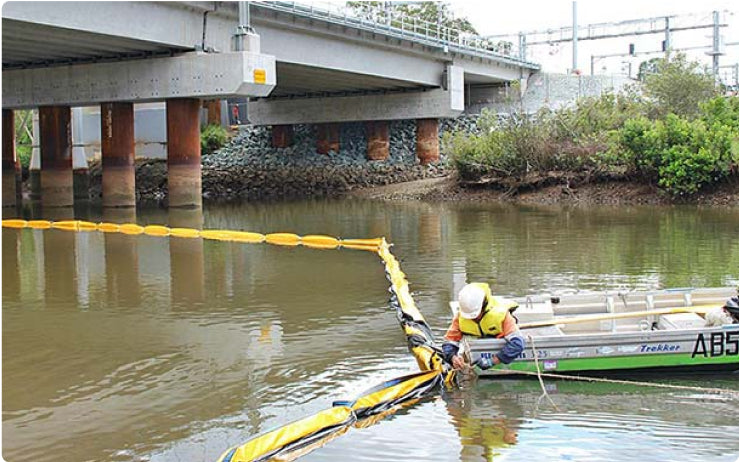
We have the expertise to advise on the various options for revegetation treatments and products tailored for the particular site and soil conditions.

We are leaders in Silt Fence Installation with over 10 years of installation experience.


